Stories Category: Intensive Care
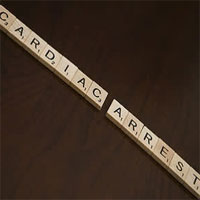
Optimal Approach to Mechanical Ventilation After Cardiac Arrest
Return of spontaneous circulation after cardiac arrest results in a systemic inflammatory state called the post-cardiac arrest syndrome (PCAS), characterised by oxidative stress, coagulopathy, neuronal injury, and organ dysfunction.... read more
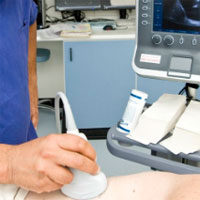
Clinical Examination, Critical Care Ultrasonography and Outcomes in the Critically Ill
In the Simple Intensive Care Studies-I (SICS-I), we aim to unravel the value of clinical and haemodynamic variables obtained by physical examination and critical care ultrasound (CCUS) that currently guide daily practice... read more
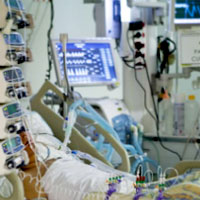
Improving Handovers By Learning From Ferrari Team
We were able to improve our vulnerable processes by translating good practice found in two industries – aviation and motor racing – into healthcare. We were able to do this by taking into account the subtle complexities... read more

Is Simvastatin the Miracle Drug We Think It Is?
Evaluation of early administration of simvastatin in the prevention and treatment of delirium in critically ill patients undergoing mechanical ventilation. This well designed and conducted trial demonstrates that there is... read more
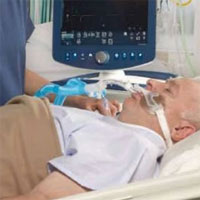
Post Resuscitation Management of Cardiac Arrest Patients in the Critical Care Environment
There is a clear relationship between evidence-based post resuscitation care and survival and functional status at hospital discharge. The Australian Resuscitation Council (ARC) recommends protocol driven care to enhance... read more

A New Combination of Antibiotic and Inhibitor
Intensivists have another antibiotic combination to treat severe infections caused by gram-negative bacteria with the FDA’s approval of Vabomere (meropenem, combined with the beta-lactamase inhibitor called vaborbactam).... read more
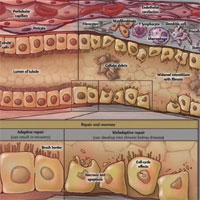
Renal Recovery – RRT Modality
Renal recovery - does the choice of renal replacement therapy matter?... read more
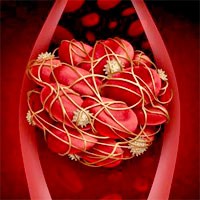
Risk of Venous Thromboembolism in Patients by Albuminuria and Estimated GFR
Albuminuria increases the risk for VTE markedly in patients with normal eGFRs compared with those with lower eGFRs. 15,180 (2.2%) VTE events occurred during the study period. Both albuminuria and eGFR were independently associated... read more
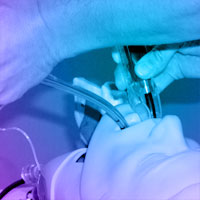
Strategies for the Prevention of Airway Complications
Despite being infrequent, complications of airway management remain an important contributor to morbidity and mortality during anesthesia and care of the critically ill. Developments in the last three decades have made anesthesia... read more
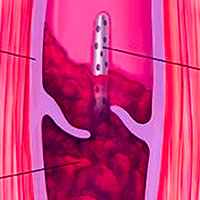
Pharmacomechanical Catheter-Directed Thrombolysis for Deep-Vein Thrombosis
The post-thrombotic syndrome frequently develops in patients with proximal deep-vein thrombosis despite treatment with anticoagulant therapy. Pharmacomechanical catheter-directed thrombolysis (hereafter "pharmacomechanical... read more

A supplemental intravenous amino acid infusion sustains a positive protein balance for 24 hours in critically ill patients
Providing supplemental amino acids to ICU patients during a 3-h period results in improved whole-body net protein balance, without an increase in amino acid oxidation. The primary objective was to investigate if a 24-h intravenous... read more
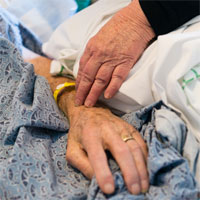
Key Steps Can Help Patients Recover From A Stay In The ICU
Chances of recovering after an ICU stay rise when families keep patients oriented, stay on top of care plans and encourage seniors to get moving. As many as 1.4 million seniors survive a stay in the ICU every year. And most... read more
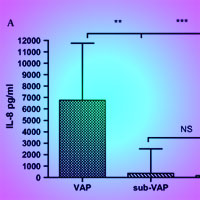
Diagnostic Importance of Pulmonary Interleukin-1β and Interleukin-8 in VAP
BALF IL-1β and IL-8 are amongst the strongest markers yet identified for accurately demarcating VAP within the larger population of patients with suspected VAP. These findings have potential implications for reduction in... read more

Efficacy and Safety of Stress Ulcer Prophylaxis in Critically Ill Patients
Our results provide moderate quality evidence that PPIs are the most effective agents in preventing CIB, but they may increase the risk of pneumonia. The balance of benefits and harms leaves the routine use of SUP open to... read more

A New Algorithm Identifies Candidates for Palliative Care by Predicting When Patients Will Die
End-of-life care can be stressful for patients and their loved ones, but a new algorithm could help provide better care to people during their final months. A paper published in arXiv by researchers from Stanford describes... read more
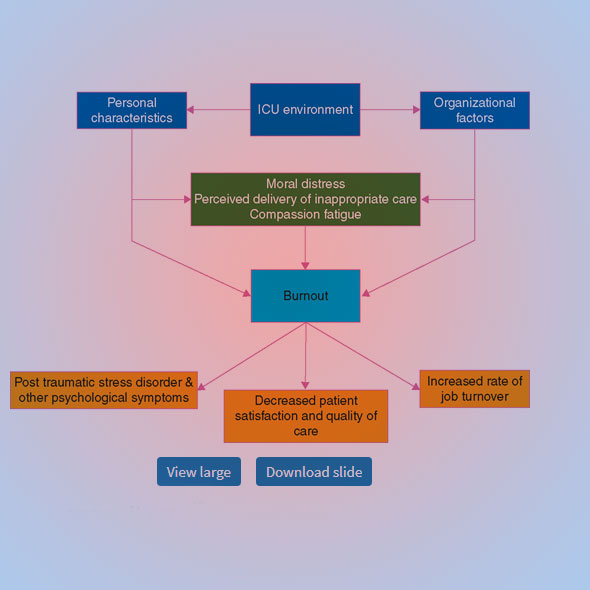
Burnout and Resilience in Anaesthesia and Intensive Care Medicine
The term 'burnout' describes the collection of symptoms and signs, both physical and psychological, experienced by individuals due to their work. It is defined as the condition where professionals 'lose all concerns, all... read more
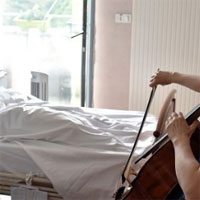
Music and Medicine: Something Important
Every week or 2 when I don’t have a daytime shift, I set up my iPad and play piano for an hour or so. Nothing depressing or too complicated—feel-good music from the 1930s to the latest by John Legend or Coldplay. The... read more








